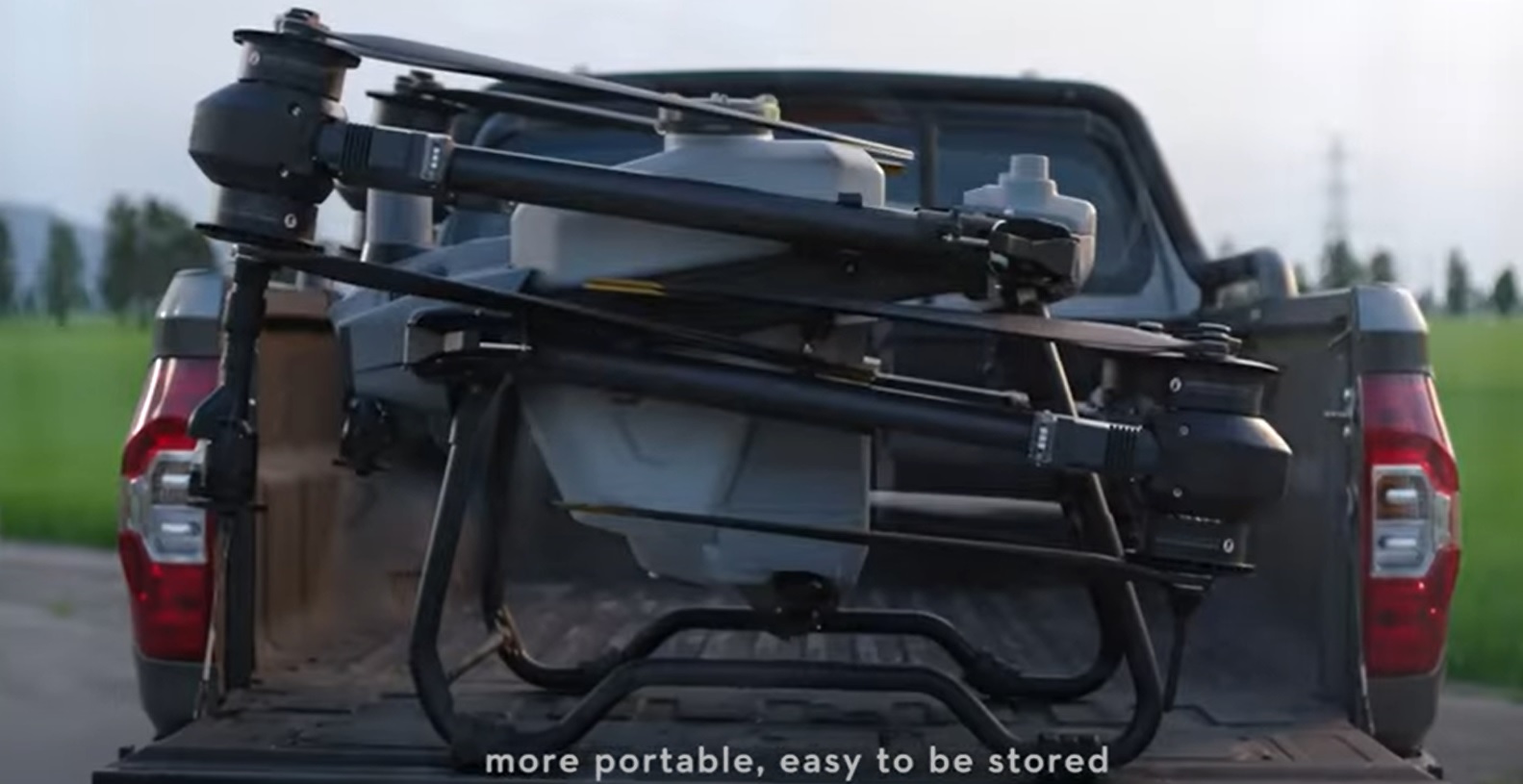In an era of technological advancement, agriculture stands at the forefront of innovation. Among the groundbreaking tools reshaping the industry, drones have emerged as a game-changer. These unmanned aerial vehicles (UAVs) equipped with advanced sensors and imaging technology are revolutionizing farming practices across the globe. In this article, we’ll explore how drones are transforming agriculture, from precision farming to crop health assessment.
Precision Agriculture: Enhancing Efficiency and Yield
One of the most significant impacts of drones in agriculture is the advent of precision farming. Traditionally, farmers had to rely on visual inspections or satellite imagery for assessing crop health. Drones equipped with high-resolution cameras, multispectral, and thermal sensors provide a bird’s-eye view of the entire field, allowing for precise monitoring of crops.
Key Applications of Drones in Agriculture
Crop Health Monitoring:
- Drones equipped with specialized sensors can capture data on plant health, moisture levels, and nutrient content. This information aids in early detection of crop stress, diseases, and nutrient deficiencies, enabling timely interventions.
Yield Estimation:
- By analyzing data collected from drones, farmers can make accurate predictions about their expected yield. This information guides decisions related to harvesting, storage, and marketing.
Soil Analysis:
- Drones can be outfitted with sensors to analyze soil composition and moisture levels. This data helps in optimizing irrigation, fertilization, and overall soil health management.
Pest and Disease Management:
- Drones equipped with thermal sensors can detect variations in temperature, indicating potential pest infestations. Early detection allows for targeted treatment, reducing the need for broad-spectrum pesticides.
Crop Scouting:
- Drones enable farmers to quickly survey large areas, identifying areas that may require special attention. This targeted approach saves time and resources.
Benefits of Using Drones in Agriculture
Increased Efficiency:
- Drones cover large areas in a fraction of the time it would take using traditional methods. This efficiency allows farmers to monitor and manage their crops more effectively.
Cost-Effectiveness:
- Compared to manned aircraft or satellite imagery, drones offer a cost-effective solution for obtaining high-resolution, up-to-date data.
Environmental Sustainability:
- By providing precise data, drones help reduce the overuse of resources like water, fertilizers, and pesticides, promoting sustainable farming practices.
Improved Decision-Making:
- Accurate and timely data from drones empowers farmers to make informed decisions about planting, irrigation, fertilization, and pest control.
Overcoming Challenges and Looking Ahead
While drones have proven their worth in agriculture, there are challenges such as regulatory compliance, data management, and initial investment costs. However, as technology continues to advance, these hurdles are expected to diminish.
In the coming years, we can anticipate further integration of AI and machine learning with drone technology, enabling even more sophisticated data analysis and predictive capabilities.

Conclusion: Cultivating a New Era of Farming
Drones in agriculture represent a transformative shift in the way we approach farming. With their ability to provide detailed, real-time information, they are empowering farmers to make data-driven decisions that optimize yields, reduce environmental impact, and ultimately, revolutionize the future of agriculture.
As we move forward, the synergy between drones and agriculture promises to shape a more sustainable, efficient, and productive agricultural landscape.

